The high top fade, a hairstyle that peaked in the late 1980s and early 1990s, has made a remarkable comeback, proving its staying power in fashion. Originating in the early twentieth century, this style became an expressive symbol for African-Americans, intertwining with the music and culture of the times. It’s fascinating how hairstyles can evolve hand in hand with cultural movements like Hip Hop, which started defining itself through not just music but also through a unique language and style in the eighties.
Contents
- What is High Top Fade:
- 1. The Roots and Rise of the High Top Fade:
- 2. Diverse Styles of the High Top Fade:
- 3. Personal Insights and Experiences:
- 4. Cultural Significance of the High Top Fade:
- 7. The High Top Fade in the 80s and Beyond:
- 8. The Evolution of the High Top Fade
- 9. Innovative Styles and Personalities:
- 10. A Stylist’s Perspective:
- 11. The Artistic Side of the High Top Fade:
- 12. The Diverse Expressions of the High Top Fade
- FAQs
What is High Top Fade:
1. The Roots and Rise of the High Top Fade:
This iconic cut has come a long way from its Afro roots, a natural and symbolic representation of the Black Power Movement from the late sixties to the early eighties. It was a mark of freedom and revolution, inspiring African-Americans to express themselves boldly. The high top fade, initially adopted and popularized by the likes of Kid from Kid ‘n Play with his unforgettable look, and Grace Jones, an actress and model, who wore it on her album, Weather Leatherette in 1980, has consistently evolved.


2. Diverse Styles of the High Top Fade:
Evolving Designs and Textures
Transitioning through time, the high top fade was adopted and styled in different ways, ranging from flat tops to more extravagant designs with curly, kinky, or even braided textures on the edges. The cut was faded on the sides, creating a unique contrast and making it a popular choice among men. It’s not just a hairstyle but a cultural icon, emblematic of the ultimate cool and freshness. Today, the high top fade can be seen in 33 different ways, each adding a distinctive touch to the classic style.
3. Personal Insights and Experiences:
More than Just a Haircut
Having experienced the high top fade’s journey first-hand, I can attest to its versatility and impact on the world. It’s more than just a haircut; it’s a statement and a piece of living history, repeating itself in the most stylish and cools ways imaginable.
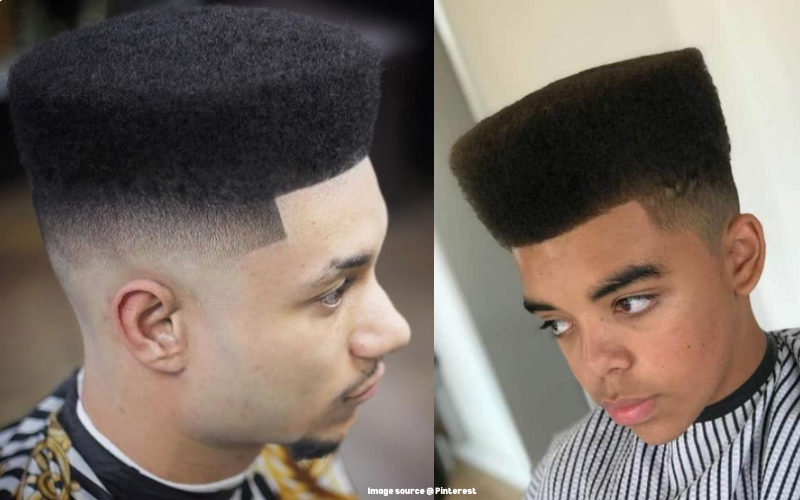

4. Cultural Significance of the High Top Fade:
High Top Fade: A Cultural Emblem
Hip Hop’s Hairstyle Revolution
The High Top Fade a low cut hairstyle that masterfully plays with contrasts between the shaven bottoms half and sides of the head, and the voluminous top, is more than just a style. It’s a cultural statement, deeply rooted in Hip Hop. The fade, as this term is popularly known, first gained momentum in the hip hop scene, thanks to rappers like Doug E. Fresh and Schoolly D, who were among the first to be spotted with it. It reached a wider audience when Salt N’ Pepa’s back up dancers showcased it in the video for their single, “Tramp”.
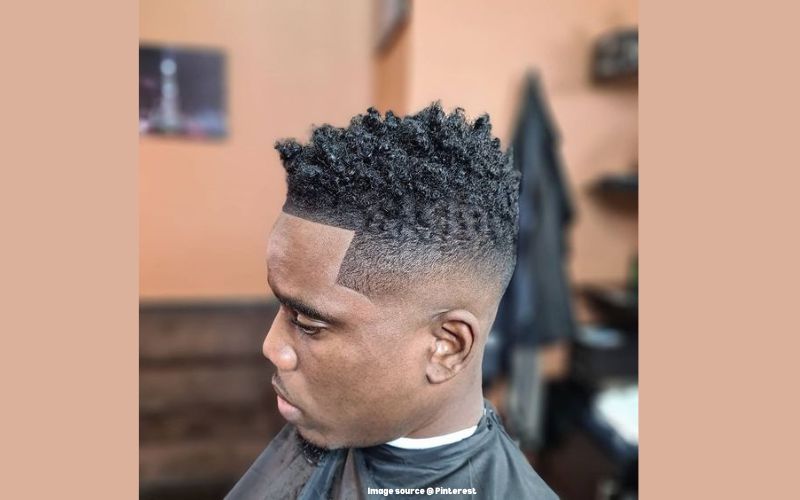

5. High Top Fade’s Evolving Identity:
The Flamboyant Evolution
Initially, the High Top Fade wasn’t fully defined. However, as the years progressed, it evolved into a more flamboyant and expressive form, as seen on artists likes Big Daddy Kane, Heavy D, and the Boyz. Their geometrically styled haircuts added a new dimension to this hairstyle, making it a signature look within Hip Hop. It was these acts that helped propel the High Top Fade beyond a mere trend, cementing it as an iconic symbol of the genre.
6. Personal Reflection:
Embracing History and Style
From my personal experience, embracing the High Top Fade meant embracing a part of cultural history, a form of self-expression that is both bold and stylish. It’s a hairstyle that doesn’t just sit atop your head; it speaks volumes about your connection to a movement that has shaped music and fashion for decades.
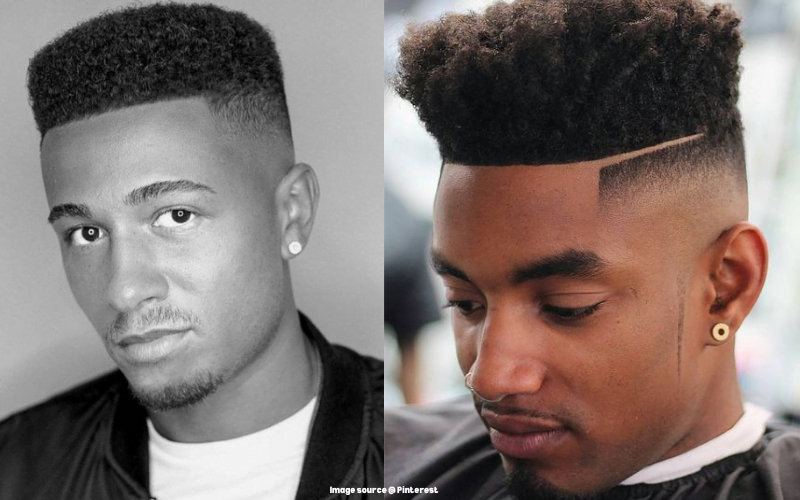

7. The High Top Fade in the 80s and Beyond:
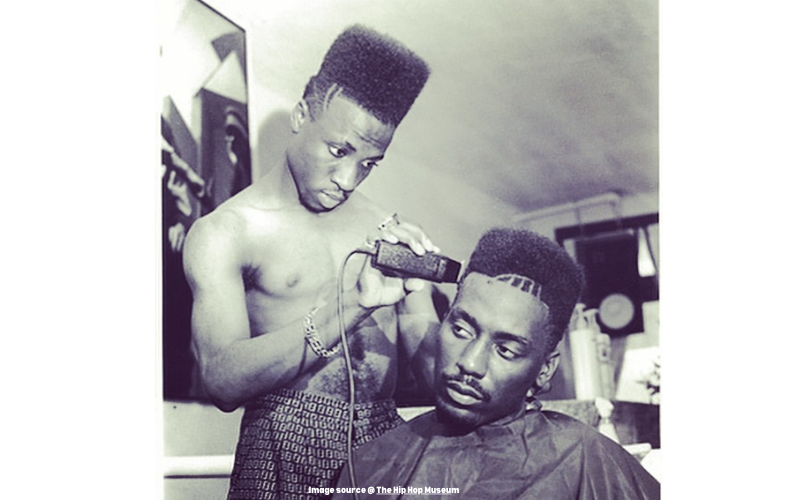

8. The Evolution of the High Top Fade
A Defining Element of Hip-Hop Culture
In the eighties, a distinctive hairstyle emerged as a defining element of hip-hop culture. Emcees like Rakim and MC Serch were among the first to sport the fade, a style that symbolized the era’s vibrant music scene. As the decade drew to a close, not only African-American men but also Puerto Rican men were wearing this iconic haircut. The High Top Fade became a canvas for R&B acts like Bobby Brown and Guy to popularize more stylish fades such as the Gumby and the Step Fade.
9. Innovative Styles and Personalities:
The Rise of Creative Fades
The Gumby, with its slope-like style and the Step Fade, with its layers creating an illusion of steps, added depth and creativity to the fade. Hair wasn’t just cut; it was sculpted. Adding to the diversity, some even chose a blonde, colored patch at the forefront of their High Top, a trend rocked by artists like Teddy Riley. These unique styles became recognizable signatures, with Kid from Kid N’ Play taking it to new heights, literally, with his six-inches high signature fade.
10. A Stylist’s Perspective:
The High Top Fade as a Cultural Statement
Through my journey in the world of hair styling, I’ve seen the High Top Fade not just as a haircut, but as a statement of identity and culture. It’s a blend of boldness, creativity, and a nod to a pivotal era in music and fashion.
11. The Artistic Side of the High Top Fade:
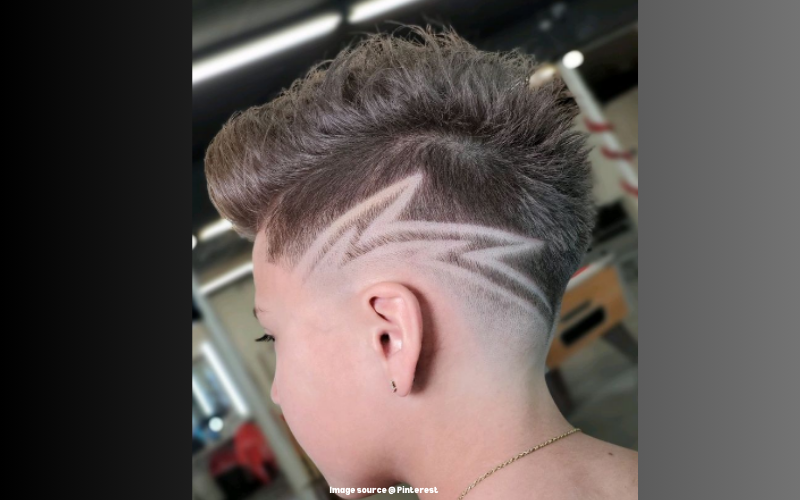

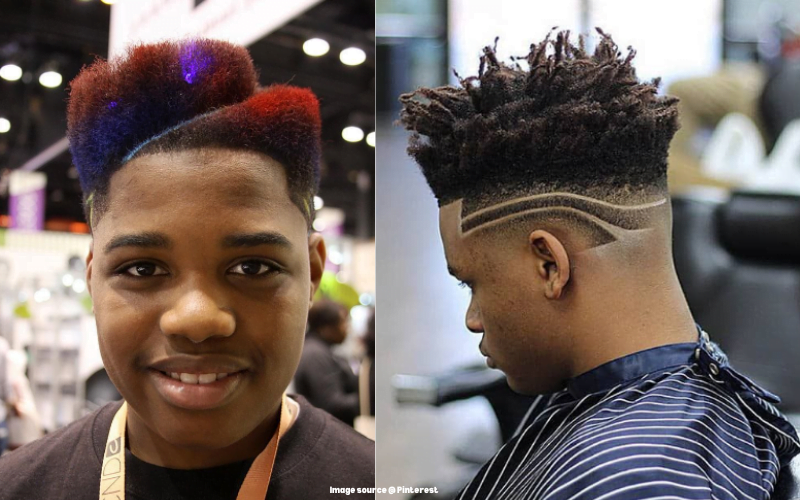

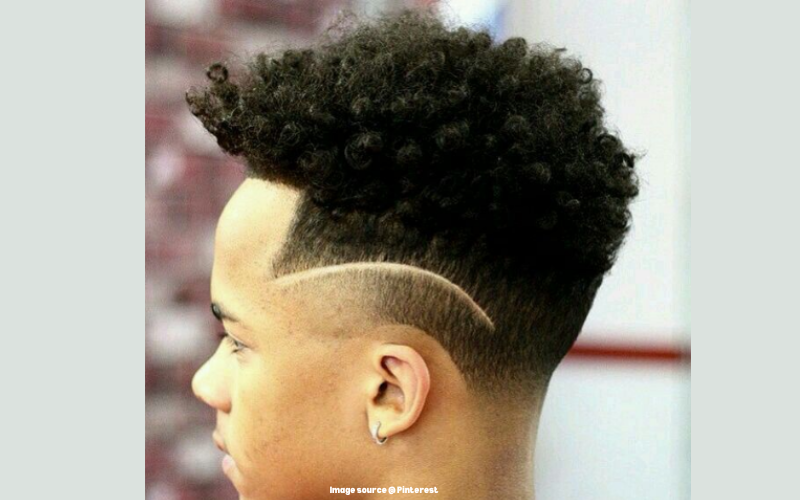

12. The Diverse Expressions of the High Top Fade
The High Top Fade stands out not just as a hairstyle but as an artistic expression, evolving with additions and variations that have cemented its place in history. From its mainstream popularity among athletes, actors, and even news reporters, it has become a popular fixture in the urban scene. Formed into various sub-styles, this iconic cut has allowed people to embed words, names, numbers, and even images into their hair, often with three-dimensional designs meticulously carved and cut. The creativity didn’t stop there; Gucci’s G’s became a style statement, showcasing how extremely creative individuals could get with their hair.
13. Embracing Complexity and Creativity:
The High Top Fade Today
This hairstyle has seen individuals grow twisty knots and braids within the fade, adding a new layer of complexity to the style. As a hairstylist, I’ve witnessed the High Top Fade transition from the golden era of the mid-nineties to the present day, maintaining its status as a first defining hairstyle and a classic symbol of culture. Nevertheless, its adaptability and the ability to take on new forms have kept it relevant and beloved, marking it as a timeless piece of cultural heritage.
FAQs
What should i consider before choosing a high fade hairstyles?
When considering a high top fade, it’s important to assess your face and head shape to ensure the style complements your facial features. Additionally, consider the skill level of your hairstylist or barber, particularly their expertise in fading and scissor work. Bringing a reference photo to your consultation can also help in discussing the suitability of the style for your personal look and taste.
Can anyone get a high top fade, or are there specific consideration?
While the high top fade is a versatile and popular style, it may not be suitable for everyone. Your facial structure plays a significant role in determining the appropriateness of this hairstyle. For example, individuals with a long facial structure might find that a high fade does not flatter their appearance. It’s important to consult with a professional stylist to find the best fit for your unique features.
How do i decide on the starting point for my high fade?
The starting point of a high fade can vary based on personal preference and the desired final look. It doesn’t always have to begin with a #0 guard; starting with a #1 or #2 guard is also common. Discussing with your hairstylist about how high you want the initial guard length can help in achieving the perfect fade that aligns with your style and comfort level.
Explore More Haircut Ideas
If you’re looking for more inspiring haircut ideas, be sure to check out our related articles for fresh styles and expert tips tailored to every hair type and personality!
